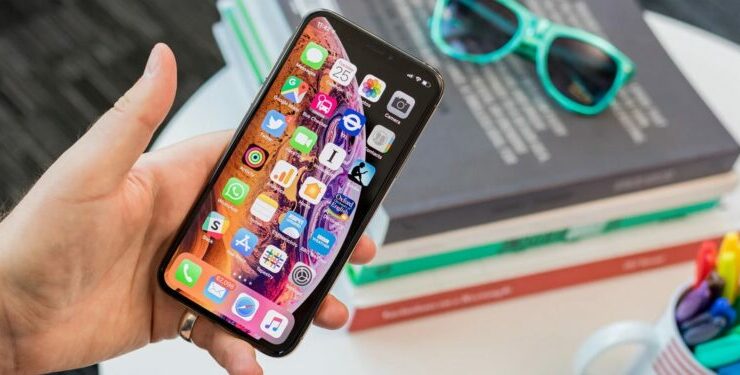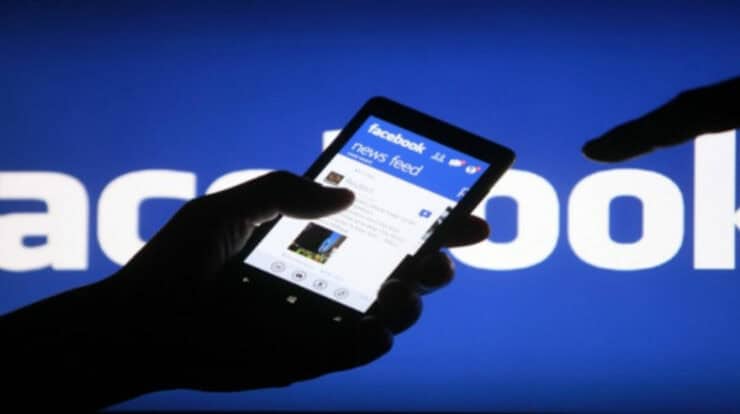
When you Factory Reset your iPhone, all of your data and settings are erased, and your iPhone is returned to its factory default state. The steps to Factory Reset iPhone are shown below.
[lwptoc]
Settings of Factory Reset iPhone
If you are selling your iPhone, giving it away to someone, bringing it for repairs, or if your device is bugging you with unfixable issues, you may wish to Reset iPhone to its factory default settings.
Suppose you’re selling or giving your iPhone away, Factory Reset ensures that all of your personal information, images, messages, accounts, and passwords are erased.
If your iPhone has gotten glitchy and is causing you difficulties that you can’t repair, you may Factory Reset it and Set it Up as a New iPhone or restore it from a solid backup.
So, let’s look at how to Reset iPhone to Factory Defaults using Settings, Mac, and iTunes on a Windows PC.
Note: To Reset iPhone on a Mac or Windows computer, you must first disable Find My iPhone.
1. Using Settings, Factory Reset iPhone
Using the Settings App on your iPhone is probably the most straightforward approach to Reset iPhone to Factory Default Settings.
1. Go to Settings > General > Reset at the bottom of the page.
2. On the next page, choose to Erase All Content and Settings.
3. If you don’t want to create a backup and erase your device, press Erase Now on the confirmation pop-up.
4. Your iPhone will restart with the “Hello” or Welcome Screen when the Reset procedure is done.
5. To set up your iPhone, follow the onscreen steps until you reach the “Apps & Data” menu.
You may opt to Set Up as a New iPhone (ideal for selling or giving away an iPhone) or Restore iPhone from Backup on this page (Mac or Windows computer).
2. Reset the iPhone on a Mac
So, If you have a solid backup of your iPhone on your Mac, you may Reset iPhone to factory default settings and restore the iPhone from your backup file.
1. Use the Lightning to USB connector that came with the iPhone to attach it to the computer’s USB port.
2. Enter your Lock Screen Passcode to unlock the iPhone.
3. Next, on your Mac, click the Finder icon in the bottom menu bar.
4. In the left pane of the Finder screen, pick your iPhone. Then, click the Restore iPhone button in the right pane, situated under the “Software” section.
5. To confirm, click the Restore option on the confirmation pop-up.
6. Wait patiently for your iPhone’s Factory Default Settings to be restored.
7. Once your iPhone has been restored, press OK and wait for it to show in the Finder sidebar.
8. Your iPhone will resume with the “Hello” screen after being restored to factory default settings.
9. To set up your iPhone, follow the onscreen steps until you reach the “Apps & Data” page.
Set Up as New iPhone, Restore from iCloud Backup, and Restore from iTunes Backup are all possibilities on this screen. Of course, you are free to choose any solution that best matches your needs.
After you’ve set up your device, it should be free of any issues stopping it from operating regularly.
3. Reset iPhone to Factory Settings on a Windows Computer
If you have a Windows computer, you may use iTunes to restore your iPhone to factory default settings.
1. Launch iTunes on your Windows or Mac computer.
2. Use the Lightning to USB cable that came with your iPhone to connect it to your computer.
3. In iTunes, click on the phone symbol that shows on your computer’s screen.
4. Next, on the left pane, choose the Summary tab. Click the Restore iPhone button in the right-hand window.
5. On the next pop-up, choose either Backup or Don’t Back Up to begin the Factory Reset procedure for your iPhone.
6. Your iPhone will resume with the “Hello” screen when the Reset Process is done.
7. Set up your iPhone according to the onscreen directions until you reach the “Apps & Data” page.
Set Up as New iPhone, Restore iPhone from iCloud Backup, or Restore iPhone from iTunes Backup on Computer are options on this page.
After you’ve set up your gadget, it should be glitch-free and operate regularly.


